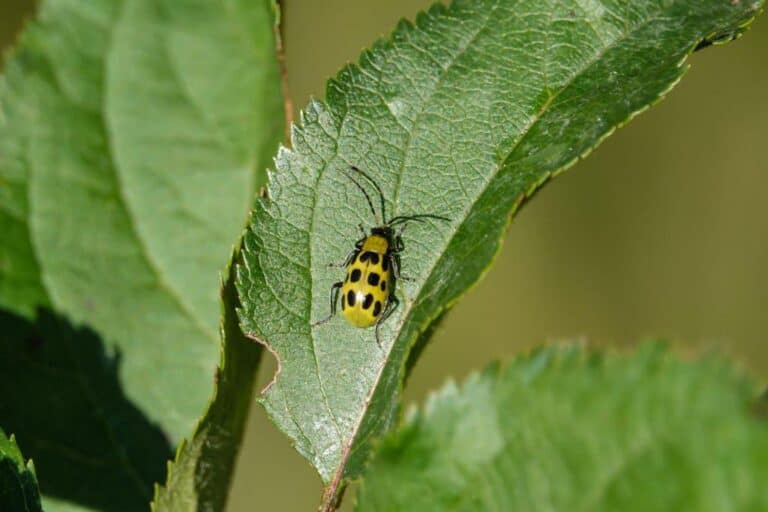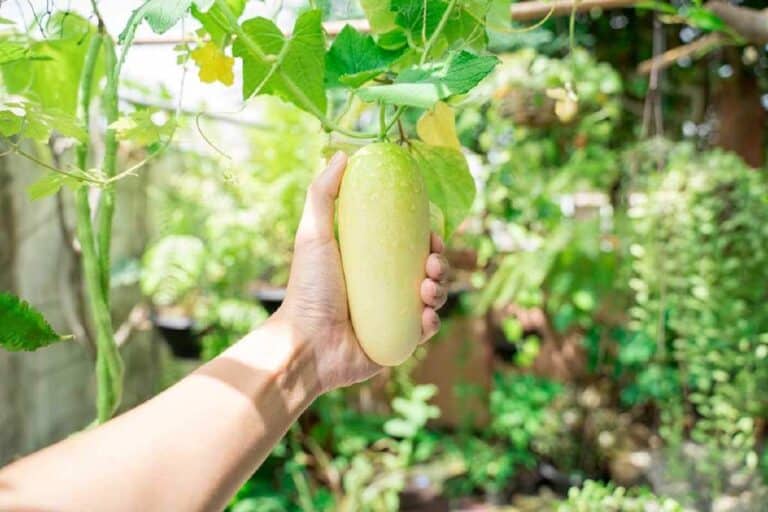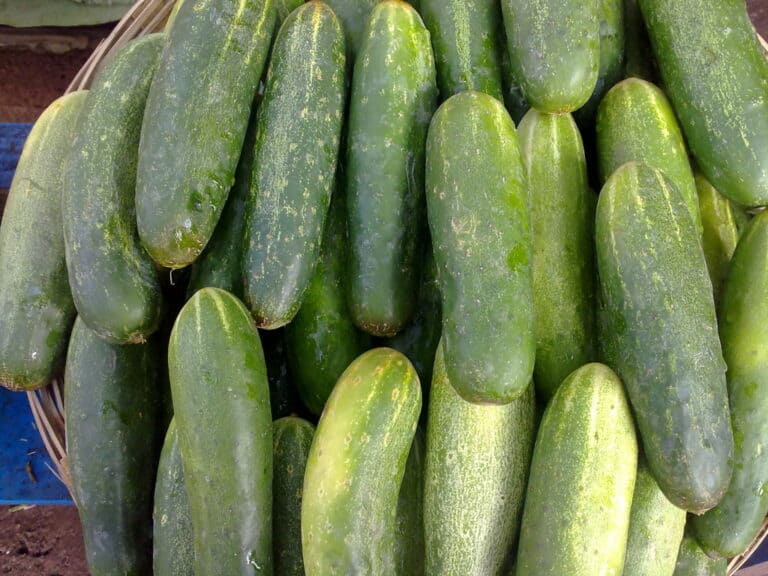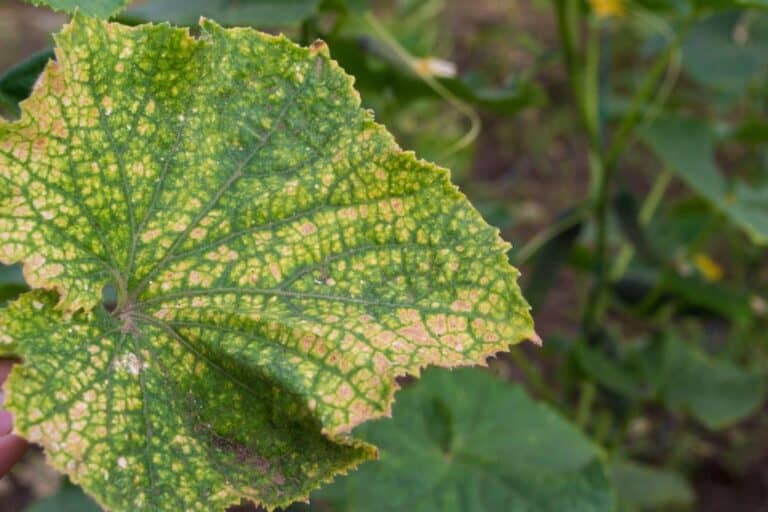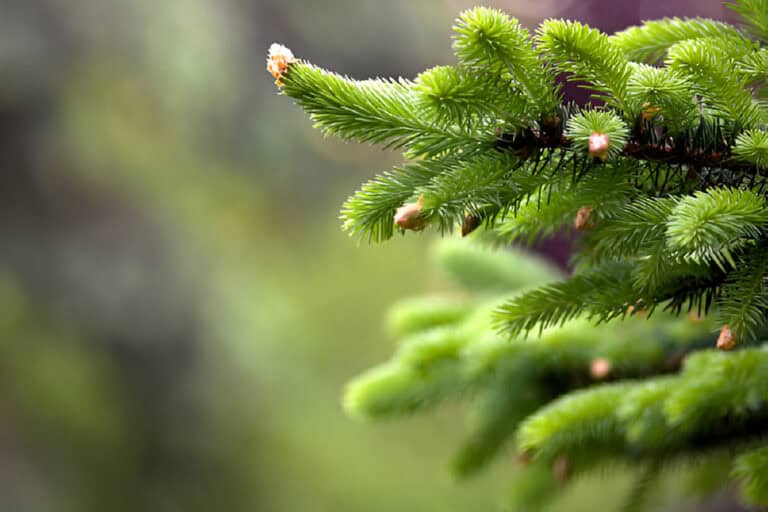Does Baking Soda Kill Powdery Mildew? Spray Treatment for Mildew

If you have been wondering if baking soda can really be used to kill powdery mildew, you are not alone. Many gardeners want to know if baking soda is a good solution to this pesky problem.
In this article, we will explain why you may need to use baking soda and find out whether it actually works as a treatment for powdery mildew.
Read on to discover more about this potential solution and why you may need it. In addition to that, you will learn how to mix the solution, when and how to apply it, and what to expect from this treatment method.
Powdery Mildew Impact on Plants
Powdery mildew is a common fungal disease that affects a wide range of plants, including fruits, vegetables, and ornamental plants. The leaves, stems, and flowers of the plant have a white or gray powdery coating.
The disease can cause leaf yellowing, stunted growth, and reduced yields. In severe cases, it can even kill the plant.
Chemical fungicides, horticultural oil sprays, and vinegar solutions are all common ways to treat powdery mildew. But in the past few years, people have become more interested in using natural and organic ways to get rid of powdery mildew, such as using baking soda.
Baking soda is a natural fungicide that can stop powdery mildew and other diseases caused by fungi. It is also a cheap and easily available alternative to chemical fungicides.
Does Baking Soda Kill Powdery Mildew?
Baking soda kills fungi by creating an alkaline environment that powdery mildew can’t live in. The high pH level of baking soda disrupts the fungal cells, making it difficult for the fungus to survive and grow.
The active ingredient in baking soda, sodium bicarbonate, has been found to be effective against powdery mildew, especially when mixed with water and a small amount of horticultural oil like canola oil.
How well baking soda works as a fungicide depends on how much sodium bicarbonate it contains and when it is applied. Powdery mildew is usually easy to get rid of with a solution of 1 teaspoon of baking soda per quart of water.
Several types of powdery mildew can be treated with baking soda. However, not all types of powdery mildew will respond the same way to baking soda. It’s also important to note that baking soda treatment may not be as strong as some chemical fungicides and may not provide long-term control.
How to Use Baking Soda to Treat Powdery Mildew
- To prepare a baking soda solution for treating powdery mildew, mix 1 teaspoon of baking soda with 1 quart of warm water and a few drops of horticultural oil, such as canola oil. Mix the solution well and pour it into a clean spray bottle.
- Apply the solution on a dry day, and to avoid applying it during hot or sunny weather. This is because the baking soda solution can cause leaf burn if the plant is exposed to too much sun or heat after application.
- Spray the solution directly on the affected plant leaves, making sure to cover the entire leaf surface, including the undersides of the leaves. Be sure to focus on the areas where powdery mildew is present, but also spray the surrounding leaves to prevent the spread of the fungus.
- Repeat the process every 7-10 days or as needed, until the powdery mildew is no longer visible.
- Some gardeners also recommend applying baking soda solution to the soil around the plant base as a preventative measure as well.
- Keep in mind that baking soda is a contact fungicide, meaning it will only affect the fungal cells that it comes into contact with, it does not have any systemic effect that will protect the plant from future infections.
Is It Safe to Spray Baking Soda on Plants?
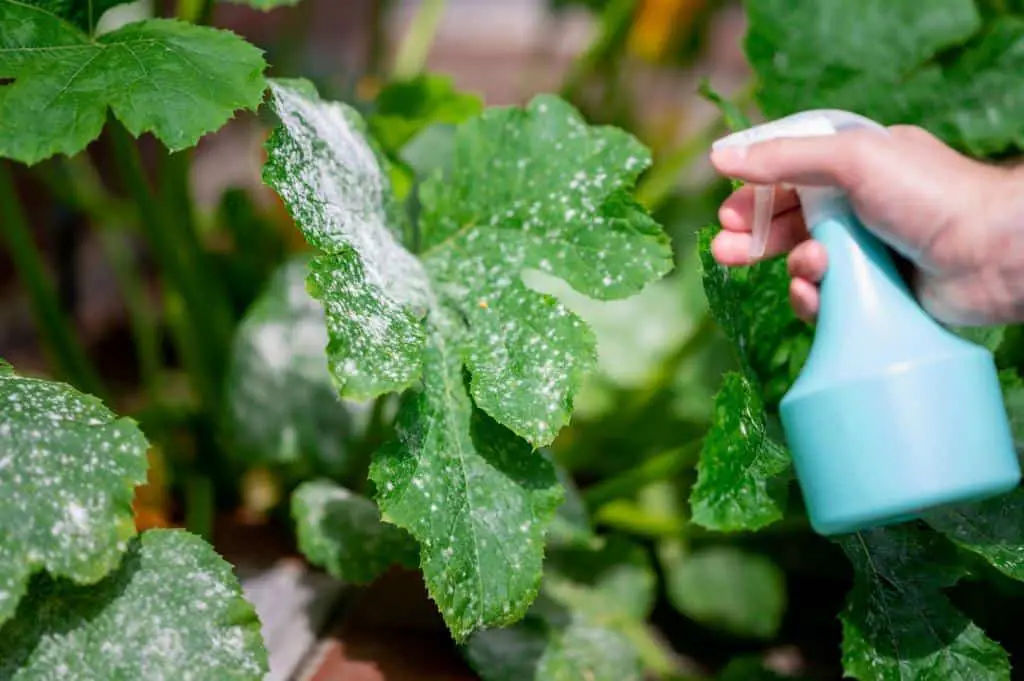
Baking soda, also known as sodium bicarbonate, is a common household item that has many uses, including as a natural fungicide for plants. Many gardeners use baking soda to control powdery mildew and other fungal diseases on their plants.
But is it safe to spray baking soda on plants? The short answer is yes, but with some precautions.
Baking soda is a natural fungicide that works by creating an alkaline environment that the fungus cannot survive in. When mixed with water and sprayed on plants, it can effectively kill powdery mildew and other fungal diseases.
However, baking soda is also alkaline, and when sprayed in high concentrations, it can burn the foliage of plants. Therefore, it is recommended to mix the baking soda with water in a ratio of 1 tablespoon of baking soda to 1 gallon of water before applying it to the plants. This will make the solution less alkaline and keep the plants from getting hurt.
Baking soda should not be used on plants that are sensitive to alkalinity, such as those with delicate leaves. Before using baking soda on any plant, it’s a good idea to test a small portion of the plant first to ensure that it is suitable for the plant.
| Please take note that baking soda can hurt bees, butterflies, and ladybugs, which are good bugs. It’s best to apply the baking soda solution in the evening or early morning when the pollinators are less active. |
Pro and Cons Using Baking Soda to Kill Powdery Mildew
Pros
Cons
- Natural fungicide
- Inexpensive and readily available
- Can be used as an insect repellent or insecticide
- Easy to mix and apply
- Can burn foliage if used in high concentrations
- Not suitable for plants sensitive to alkalinity
- Not effective to cure or prevent fungal diseases
- Harmful to beneficial insects such as bees, butterflies, and ladybugs
In summary, using baking soda to kill powdery mildew has its advantages and disadvantages. On one hand, it is a natural fungicide that is inexpensive and readily available. It can also be used as an insect repellent or insecticide. It’s easy to mix and apply.
However, baking soda can burn the foliage of plants if used in high concentrations, it’s not suitable for plants sensitive to alkalinity, it’s not effective to cure or prevent fungal diseases, and it’s harmful to beneficial insects. It’s important to consider these factors when deciding whether to use baking soda to control powdery mildew on your plants.
What Other Natural Treatment for Powdery Mildew?
While baking soda is a popular natural treatment for powdery mildew, there are other options available as well.
1. Vinegar
Powdery mildew can be treated with vinegar because it has acetic acid, which has been shown to stop powdery mildew from spreading. To use vinegar as powdery mildew treatment, simply mix one part vinegar with two parts water in a spray bottle and apply generously to the affected areas of your plants. For best results, repeat the application every few days until all signs of the fungus have disappeared.
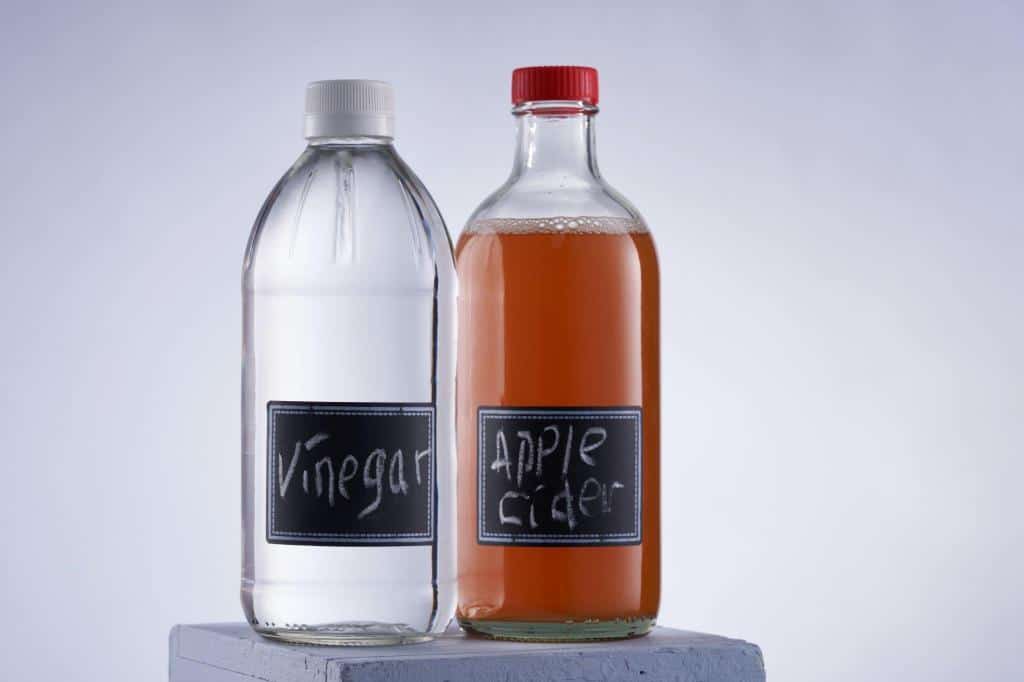
2. Essential Oil
One of the most effective natural treatments for powdery mildew is using essential oils. Essential oils such as tea tree oil, peppermint oil, and clove oil have antifungal properties that can help control powdery mildew.
To use essential oils, mix a few drops of the oil with water and a few drops of dish soap in a spray bottle. Spray the solution on the affected plants, making sure to cover all the leaves and stems. Essential oils can be effective in controlling powdery mildew, but they should be used with caution as some oils can be toxic to plants.
3. Mixture of Milk and Water
Another natural treatment for powdery mildew is a mixture of milk and water. Milk contains enzymes that can help to control powdery mildew. To use this method, mix 1 part milk with 9 parts water and spray the solution on the affected plants. This method can be used to prevent the spread of powdery mildew, but it’s not as effective as other natural treatment options.
4. Horticultural Oil
Another natural treatment option is using horticultural oil. It is a type of oil that kills the spores of powdery mildew by covering them up and making it hard for them to grow.
To use this method, mix the oil with water according to the instructions and spray it on the affected plants. Horticultural oil can be used to get rid of powdery mildew, but it should be used with care because it can hurt insects that are good for plants.
5. Neem Oil
Neem oil is a natural insecticide and fungicide that can be used to treat powdery mildew and other fungal diseases. Neem oil is used by combining 1-2 tablespoons with 1 gallon of water and a few drops of dish soap.
Spray the remedy on the impacted plants, making sure to get all the leaves and stems covered. The fungus is suffocated by neem oil, which also stops it from growing.
Conclusion
In summary, baking soda has been found to be an effective treatment for powdery mildew, when applied correctly. Because baking soda is alkaline, it creates an environment that isn’t good for the fungus. This disrupts the fungus’s cells and stops it from growing and spreading.
However, it is important to note that baking soda may not be effective on all species of powdery mildew, and some plants may be more sensitive to the solution than others. It’s always recommended to test the solution on a small area of the plant before treating the entire plant, and to monitor the plants for any signs of leaf burn or wilting.

